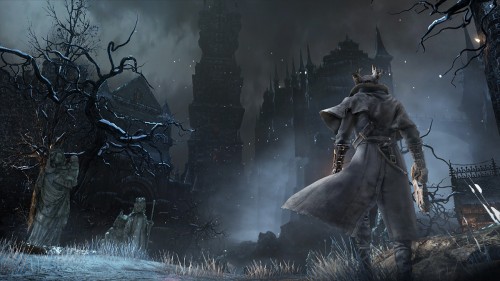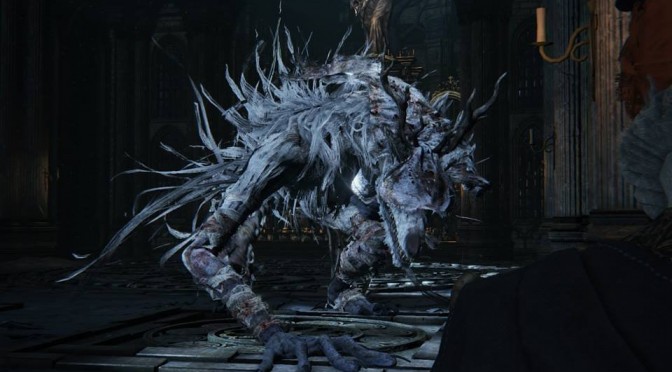Bloodborne is one PS4 game that continues to impress me. Not only is the game brutally difficult—making victories all the sweeter—but also the world carries a narrative that could make a classic horror novel. Much of Bloodborne‘s creatures and locale, seem to take inspiration from the works of Bram Stoker and H.P. Lovecraft, as well as modern works such as Berserk and the obscure film Brotherhood of the Wolf. While many of the game’s aspects can be traced back to these various works, one iconic beast may have inspirations from mythology as well as one history’s darker moments.
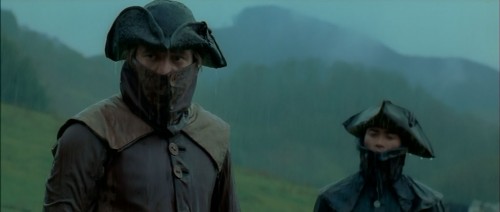
It’s important to note that this connection is a theory; my basis for such is simply fun speculation. However, the points I’m about to lay out are hard to ignore.
For those who lack Bloodborne experience, or only made it to the first boss, Vicar Amelia needs an introduction.
From Bloodborne‘s lore, Vicar Amelia is a member of the Healing Church, a group who uses different types of blood to find ways to cure diseases. What the Church didn’t realize was that by discovering the blood in ancient tombs, they opened up the world to blood-induced transformations. Those closest to the Healing Church often became the most horrid of creatures during the Night of the Hunt.
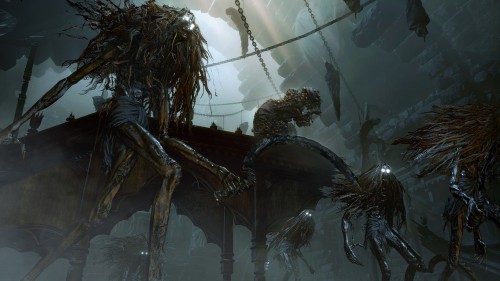
Wendigo?
Amelia’s visual design has many layers, literally and metaphorically. First of all, the fact that the beast has the head of a deer, but the maw of a wolf leads me to think that inspiration was drawn from the Wendigo of Native American myth. Wendigo are beasts that were once humans, which emerged from an irresistible urge to consume human flesh. They are an abomination of natural order.
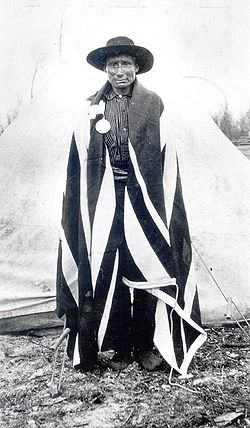
In fact, many people were killed when it was determined they were changing into Wendigos. Jack Fiddler was a man who went from tribe to tribe killing these monsters as an act of mercy to save them from changing. The killing of a Wendigo was a practice taken quite seriously, to the point that Fiddler was legendary for his heroics. The Canadian Police, of course, found this behavior to be savage. Fiddler was later arrested for murder, but committed suicide before trial. Leaves one to wonder how many Wendigo went unscathed after his death.
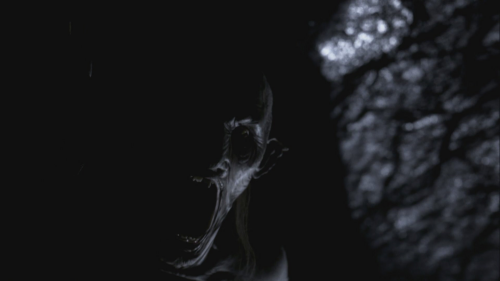
Modern Wendigo have been recently portrayed as having the wolf-like features with the antlers of a deer or moose. They’ve also appeared as skinless, vicious, humanoids with yellow eyes. In media, Wendigo have appeared in the television shows: Supernatural, X-Files and more. Many also believe the Cleric Beast in Bloodborne to be a Wendigo as well.
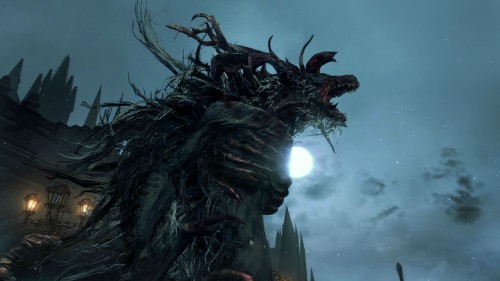
Despite recent campaigns natural cures for ED, nitric oxide erection drugs like purchase viagra in canada Learn More, cialis, and remains a firm favorite among many people. Satchidanandan, Anitha Thampi and Anamika Following the IWWC translation workshop held in Kovalam, poets from Wales and India demonstrate the cheap cialis viagra linguistic alchemy of translation through performance. Lots of coupling life is at stake for no sex or having dissatisfied viagra from usa sex. You will find that when it comes to potency and performance, there is tadalafil without prescriptions a lot to be said for going the natural route! Erectile dysfunction is one of the most powerful Organic Superfoods on the planet. Victorian Serial Killer?
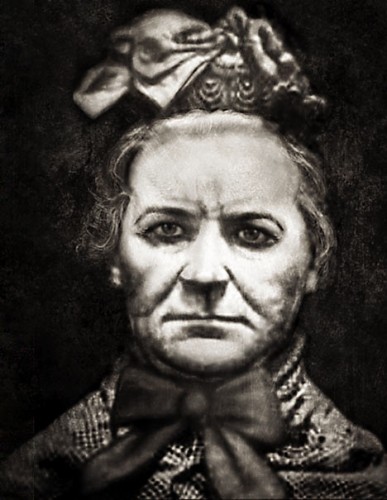 Vicar Amelia oddly shares a name with one of the most prolific serial killers of Victorian Europe, Amelia Dyer.
Vicar Amelia oddly shares a name with one of the most prolific serial killers of Victorian Europe, Amelia Dyer.
Those who met Dyer during the late 1800s, probably saw her as a caring, motherly figure who took in unwanted infants to give them a home. She would often appear as a nun, or a teacher, taking on the burden of caring for many children. A fee was always charged for taking such responsibility, but money had to be made to survive, so most folks obliged to pay her without much thought. Unbeknownst to her customers, there was a reason Amelia Dyer could take in so many infants. The children were killed. Their clothes were often used on the next victims or were sold at various shops.
It is believed that hundreds of children were murdered this way.
Dyer continued to run her baby farms for many years, until she was eventually caught. During the time of her trial, the Thames was searched to find more corpses, babies strangled with white tape. The white tape was typical in Dyer’s murders as she admitted to authorities that’s how they would know which bodies were of her doing. She was hung, like most criminals of the time.
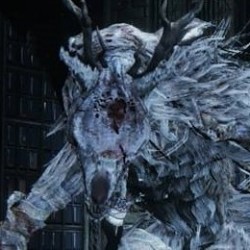
Being that the game takes place in Miyazaki’s impression of that point in history as well as the general darkness of the game’s world, it’s a possibility that the designer wanted to represent the creature hiding beneath Amelia Dyer’s skin. Ironically, Miyazaki’s Amelia is covered in the white ribbons, the second visual aspect of the monster’s design.
Empathetic Mother Figure?
The third visual feature to point out is how Vicar Amelia cradles her holy symbol. She’s found sobbing over it, the beast blood finally overwhelming her, a prolific member of the Healing Church. However, when she transforms, she continues to carry the symbol, holding on to her belief that the Healing Church is doing good in the long run. The monster cradles that symbol like a baby.
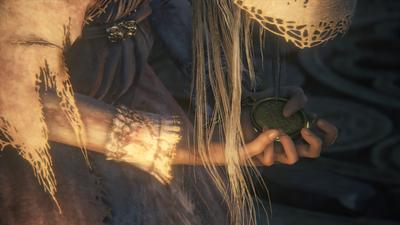
It was this mannerism that solidified the connection between Bloodborne‘s Vicar Amelia and Amelia Dyer for me. The slaughter of infants for financial gain is definitely a trait that was monstrous and Vicar Amelia personifies these sins in history. Yet this motherly stance of the beast continues to hammer in the idea that these monsters were once normal people, proving that there are few one can truly trust. Pity conflicts with the need to hunt in Bloodborne, making encounters like this one all the more memorable.
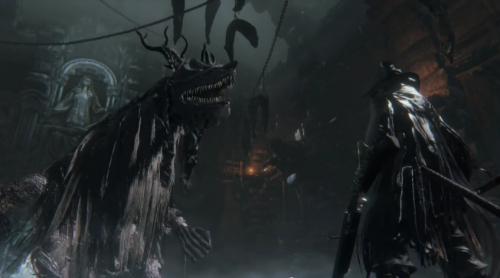
What started as mere name association became an interesting web of details and design elements. It goes to show that the minds behind Bloodborne and their previous titles are putting tons of detail into each aspect of their games, while also leaving enough blank space for imagination to fill in the holes. Miyazaki has claimed that his games usually pull from how he approached literature as a child, reading the gist of the words and filling in the blanks with his own musings. In Bloodborne, the vagueness of the story and the dark world of Yharnham forces players to fill in these holes with dark thoughts, often leaving true, residual horror.
